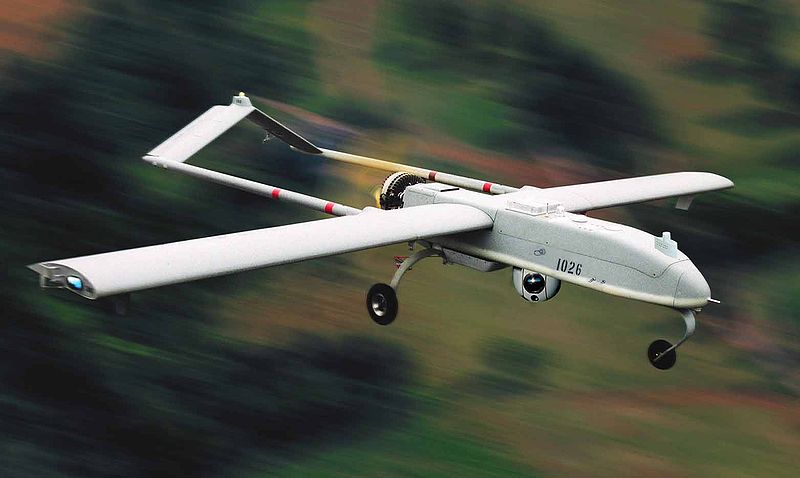AAI Unmanned Aircraft Systems, an operating unit of Textron Systems, a Textron Inc. company, announced today that it has successfully completed an unmanned flight demonstration of a Small Sense and Avoid System (SSAASy) on a Shadow 200 Unmanned Aircraft System (UAS).
AAI’s Shadow system has established a reputation as a mature, capable system during more than 600,000 flight hours, the majority of which have taken place in Iraq and Afghanistan.
U.S. Army Ground Maneuver Product Manager Lt. Col. Andrew Hamilton stated, “This was the first successful demonstration of technology that will enable an airborne Sense and Avoid System on Army platforms. Building on the success of the ground-based Sense and Avoid System, this successful demonstration represents the next step toward an integrated air and ground-based sense and avoid solution allowing unmanned flights in the National Airspace System.”
The flight was conducted by AAI and SSAASy developer Defense Research Associates, Inc. (DRA) of Dayton, Ohio, under contract with the U.S. Army. Unique to this flight test was the participation of a manned aircraft provided by the U.S. Army. The Shadow aircraft flew an average altitude of 9,000 feet for more than two hours. The manned aircraft flew at 1,000 feet above and below the Shadow during the first flight test, and 500 feet above and below for the second.
The goals of SSAASy are to improve safety and training effectiveness with the ultimate objective of safely flying UAS in U.S. National Airspace System (NAS). The majority of current UAS flight time is overseas in military operations, however, flight crew training and development of UAS is conducted in the U.S. within restricted air space or under a Certificate of Authorization approved by the FAA.
“The advantages of being able to safely conduct UAS training operations in NAS are significant,” said AAI Unmanned Aircraft Systems Senior Vice President and General Manager Steven Reid. “The limited training time available in and location of, restricted air space hinders training of flight crews. Achieving a reliable UAS sense and avoidance system removes these limitations while enabling the FAA to safely allow unmanned aircraft in the NAS. Beyond the military, there is also growing demand for UAS operations in law enforcement, border patrol and homeland security.”
The U.S. Air Force and DRA began developing an Electro-Optical Sense and Avoid System in 2001, and created the SSAASy program in 2007 as a technology transition initiative from the U.S. Air Force to the U.S. Army. This effort to miniaturize the existing Electro-Optical Sense and Avoid System has been supported by the Office of the Secretary of Defense Office of Technology Transition, U.S. Air Force Aeronautical Systems Center, Air Force Research Laboratory, U.S. Army Shadow Program Office and DRA since its initiation.
AAI Corporation and its indirect wholly owned subsidiaries Aerosonde Pty Ltd and ESL Defence Limited design, produce and support industry-leading aerospace and defense products and services, including unmanned aircraft and ground control technologies; high-fidelity training and simulation systems; automated aerospace test and maintenance equipment; armament systems; and logistical, engineering, supply chain and operational support services. AAI Corporation is an indirect wholly owned subsidiary of Textron Inc.










